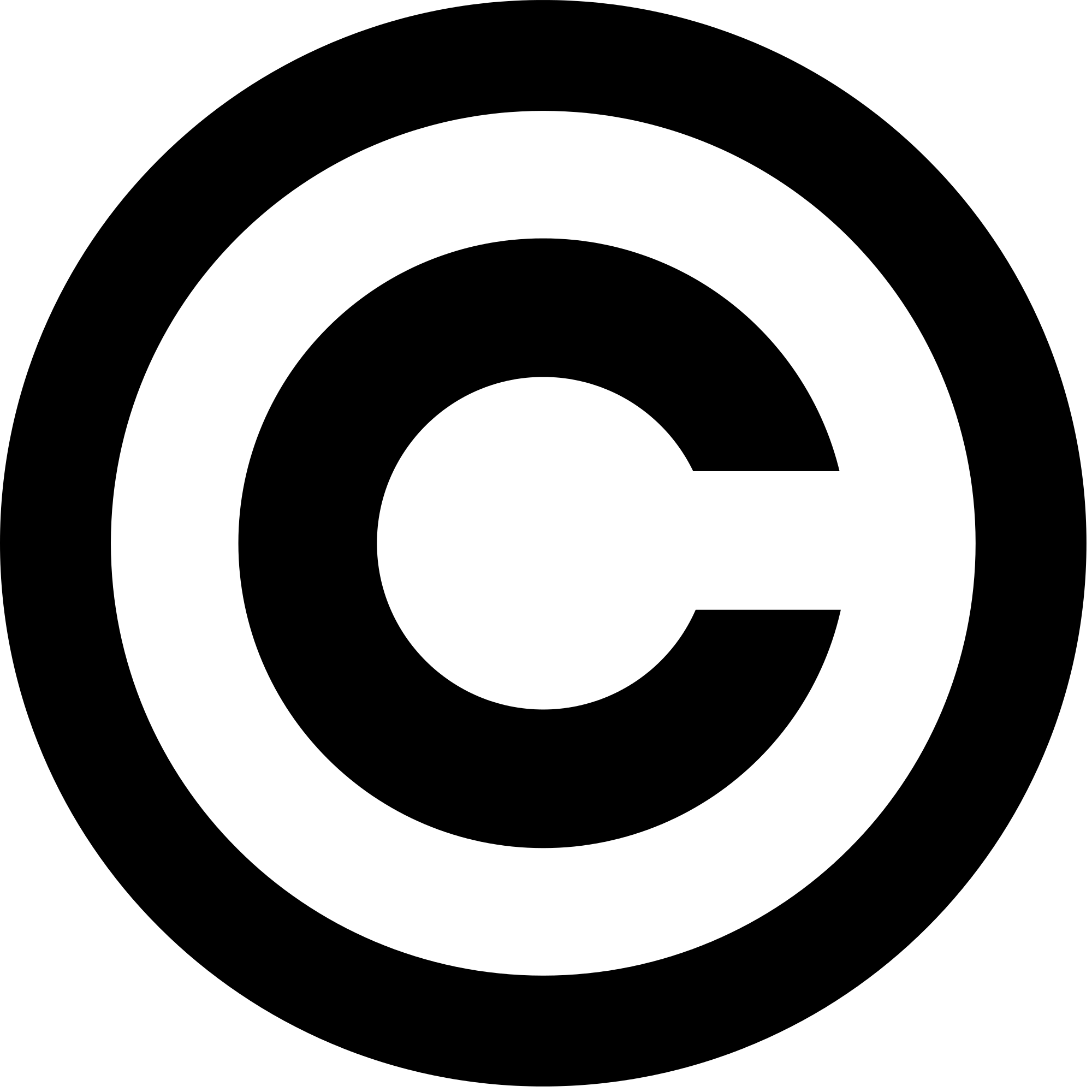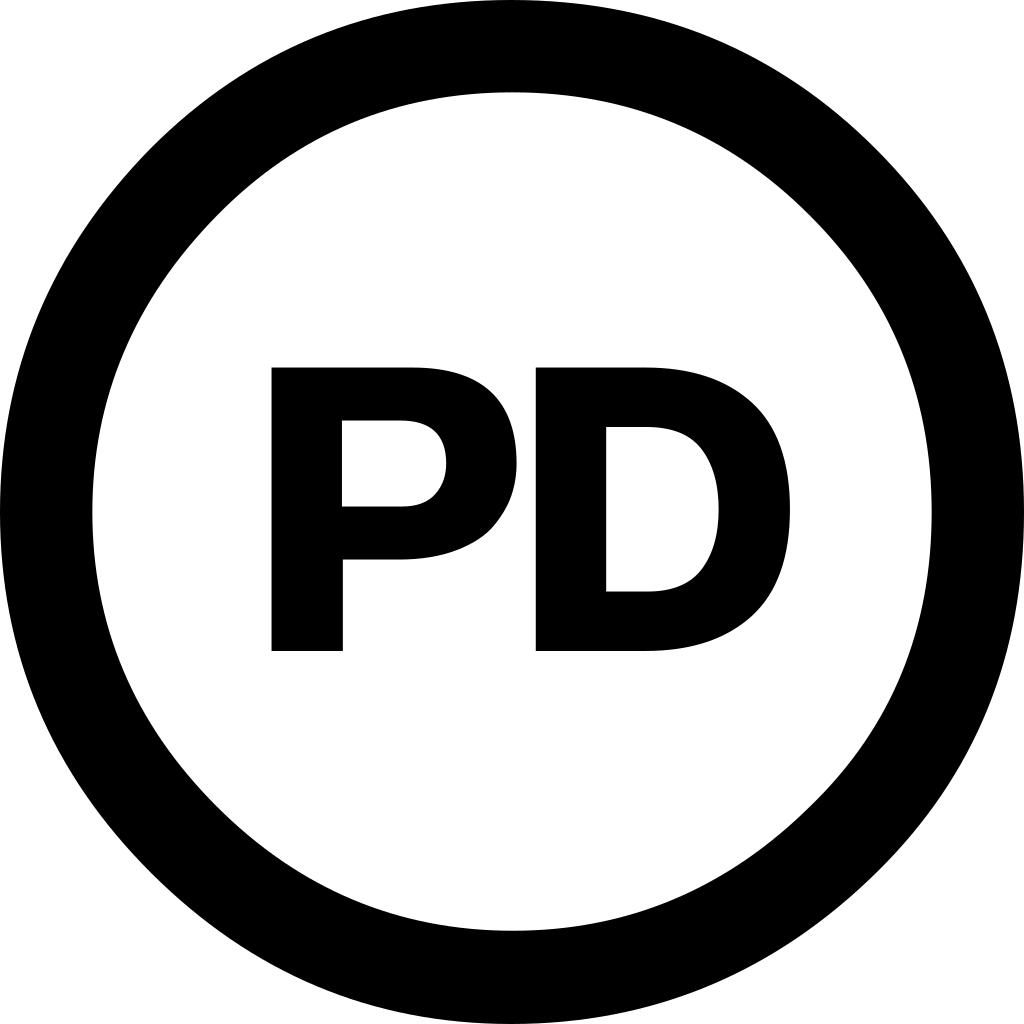



One major impediment to using OER is the fear of running afoul of copyright law. This page will refresh your memory on copyright and fair use, as well as introduce you to various types of licenses.
If you need more help with this step, reach out to a CCC librarian!
 Copyright, a form of intellectual property law, that protects original works of authorship fixed in a tangible medium of expression by U.S. law. It covers both published and unpublished works. "Copyright does not protect facts, ideas, systems, or methods of operation, although it may protect the way these things are expressed."
Copyright, a form of intellectual property law, that protects original works of authorship fixed in a tangible medium of expression by U.S. law. It covers both published and unpublished works. "Copyright does not protect facts, ideas, systems, or methods of operation, although it may protect the way these things are expressed."
 Fair use is often claimed in education but less often understood. There are four factors to consider when determining if use of a work can be considered fair use under the law.
Fair use is often claimed in education but less often understood. There are four factors to consider when determining if use of a work can be considered fair use under the law.
|
PURPOSE |
What is the purpose and character of the use being considered? |
|
AMOUNT |
What is the amount and substantiality of the portion used in relation to the work as a whole? |
|
NATURE |
What is the nature of the copyrighted work? |
|
EFFECT |
What is the effect of the use on the potential market or value of the copyrighted work? |
 Materials are said to be in the public domain if they are not protected by copyright, trademark, or patent laws. You may use anything in the public domain without obtaining permission.
Materials are said to be in the public domain if they are not protected by copyright, trademark, or patent laws. You may use anything in the public domain without obtaining permission.
Materials fall into the public domain when:
Copyrightlaw.com states that materials may enter the public domain in the following ways:
 Creative Commons is a global nonprofit organization that enables sharing and reuse of creativity and knowledge through the provision of free legal tools. Our legal tools help those who want to encourage reuse of their works by offering them for use under generous, standardized terms; those who want to make creative uses of works; and those who want to benefit from this symbiosis. Our vision is to help others realize the full potential of the internet. CC has affiliates all over the world who help ensure our licenses work internationally and who raise awareness of our work.
Creative Commons is a global nonprofit organization that enables sharing and reuse of creativity and knowledge through the provision of free legal tools. Our legal tools help those who want to encourage reuse of their works by offering them for use under generous, standardized terms; those who want to make creative uses of works; and those who want to benefit from this symbiosis. Our vision is to help others realize the full potential of the internet. CC has affiliates all over the world who help ensure our licenses work internationally and who raise awareness of our work.Open educational resources, like all intellectual property, are subject to the laws of copyright. OER creators choose to share their work rather than reserve all of their rights for themselves, and Creative Commons has created tools that allow them to do this within the framework of current copyright laws. Creative Commons licenses are real, legal licenses that help creators retain copyright while allowing others to reuse, redistribute, revise, and remix their work.
Resources from the public domain (works for which copyright has expired), fair use (such as using small parts of works for educational purposes), or library resources (when you are able to direct your students to use a library resource instead of having them buy it) may also be used as an alternative to proprietary materials.
 Attribution
AttributionThis license lets others distribute, remix, tweak, and build upon your work, even commercially, as long as they credit you for the original creation. This is the most accommodating of licenses offered. Recommended for maximum dissemination and use of licensed materials.
 Attribution Share-Alike
Attribution Share-AlikeThis license lets others remix, tweak, and build upon your work even for commercial purposes, as long as they credit you and license their new creations under the identical terms. This license is often compared to “copyleft” free and open source software licenses. All new works based on yours will carry the same license, so any derivatives will also allow commercial use.
 Attribution Non-Commercial
Attribution Non-CommercialThis license lets others remix, tweak, and build upon your work non-commercially, and although their new works must also acknowledge you and be non-commercial, they don’t have to license their derivative works on the same terms.
 Attribution No-Derivatives
Attribution No-DerivativesThis license lets others reuse the work for any purpose, including commercially; however, it cannot be shared with others in adapted form, and credit must be provided to you.
 Attribution Non-Commercial Share-Alike
Attribution Non-Commercial Share-AlikeThis license lets others remix, tweak, and build upon your work non-commercially, as long as they credit you and license their new creations under the identical terms.
 Attribution Non-Commercial No-Derivatives
Attribution Non-Commercial No-DerivativesThis license is the most restrictive of our six main licenses, only allowing others to download your works and share them with others as long as they credit you, but they can’t change them in any way or use them commercially.